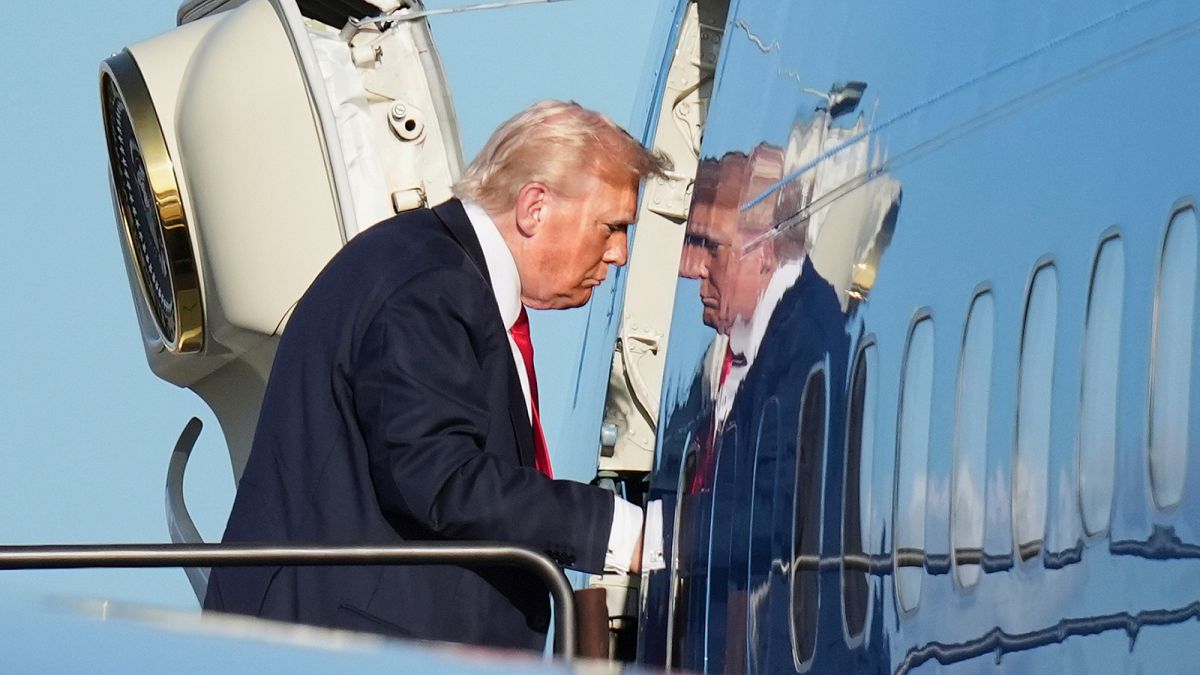China's economy grew 5.2% year-on-year in the second quarter of 2025 amid ongoing trade tensions with the United States, official data showed on Tuesday.
The second quarter growth was slightly below the 5.4% pace in the first, but keeping on track to meet the government's full-year target of "around 5%."
The first-half performance was supported by state stimulus and a pause in US-China trade war escalations that allowed exporters to rush out shipments ahead of potential tariff hikes.
"China achieved growth above the official target of 5% in Q2 partly because of front loading of exports," said Zhiwei Zhang, chief economist at Pinpoint Asset Management.
Sustained growth not sustainable
Analysts, however, warn that the growth may not be sustainable. Weakened consumer confidence, falling prices, and a deepening property crisis continue to weigh on demand.
"The real estate crisis remains a major medium-term drag on local government budgets," said Dan Wang, economist at the Eurasia Group.
Investors, meanwhile, are bracing for a weaker second half even as additional stimulus are expected to be considered at the upcoming Politburo meeting in July.
At the same time, according to economic research and consulting firm Prognos Institute, Chinese companies now account for 16% of global exports, double that of Germany, raising the stakes in an increasingly competitive global trade landscape.
China's emerging robot industry seeks new markets overseas
What is the trade war between China and the US?
Tensions are simmering between Washington and Beijing as the two nations clash over a range of issues, including Taiwan, emerging technologies and most importantly, trade.
Escalating trade tensions, US President announced 145% tariffs on Chinese goods in April. However, negotiations between the two significant economies in May led to lowering of US tariffs to 30% for 90 days to allow for talks, while China also reduced its taxes on US goods from 125% to 10%.
US-China competition is already substantially impacting global economy and politics.
If the trade war between the two escalates once again, China might try to use the EU market to absorb Chinese production overcapacity.
In turn, the US could also redefine goods manufactured in the EU through Chinese direct investment as Chinese products and demand higher levies from EU businesses.
Meanwhile, as the US tightens trade restrictions with some Latin American countries, China is expanding its influence across South America.
Edited by: Saim Dušan Inayatullah

 5 hours ago
2
5 hours ago
2









